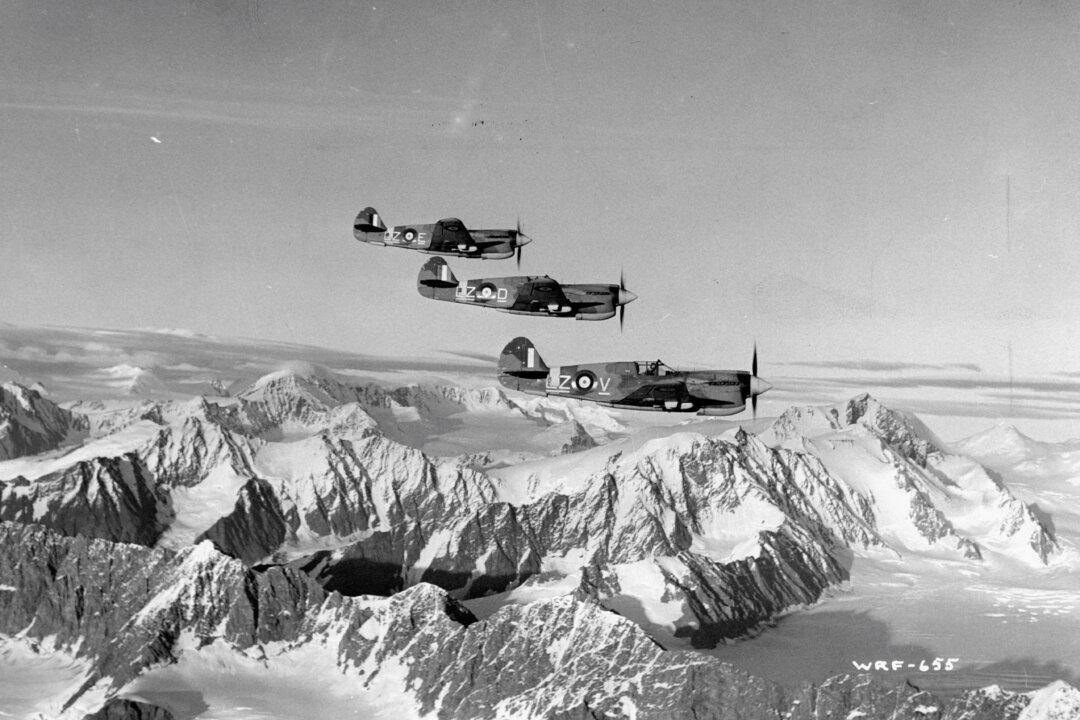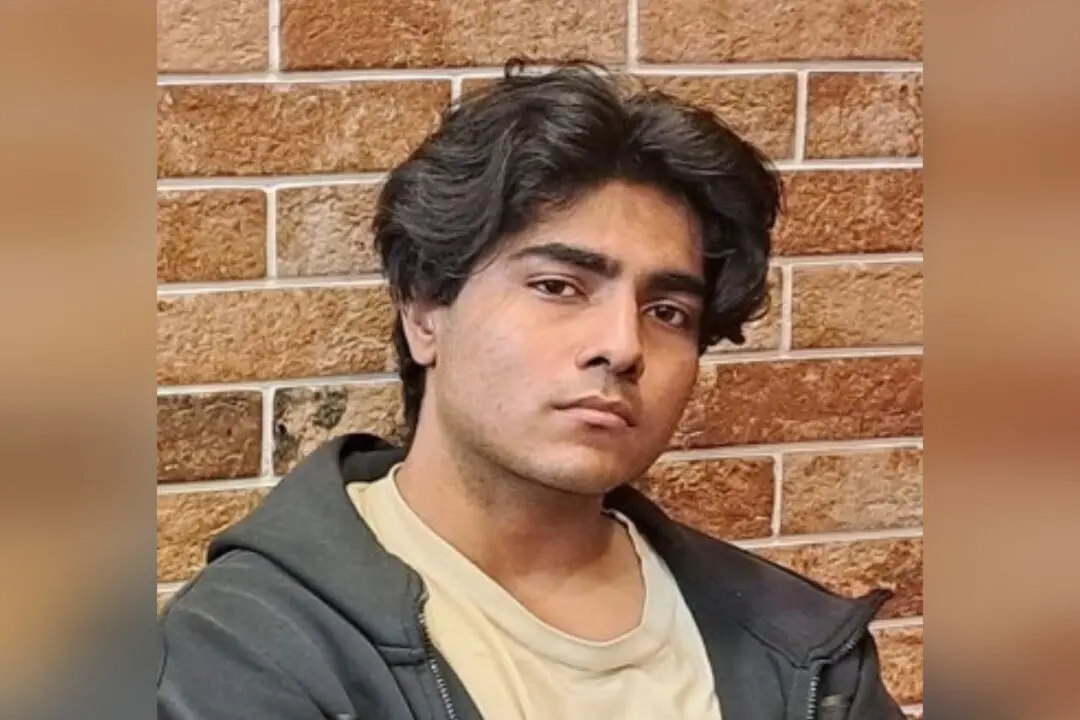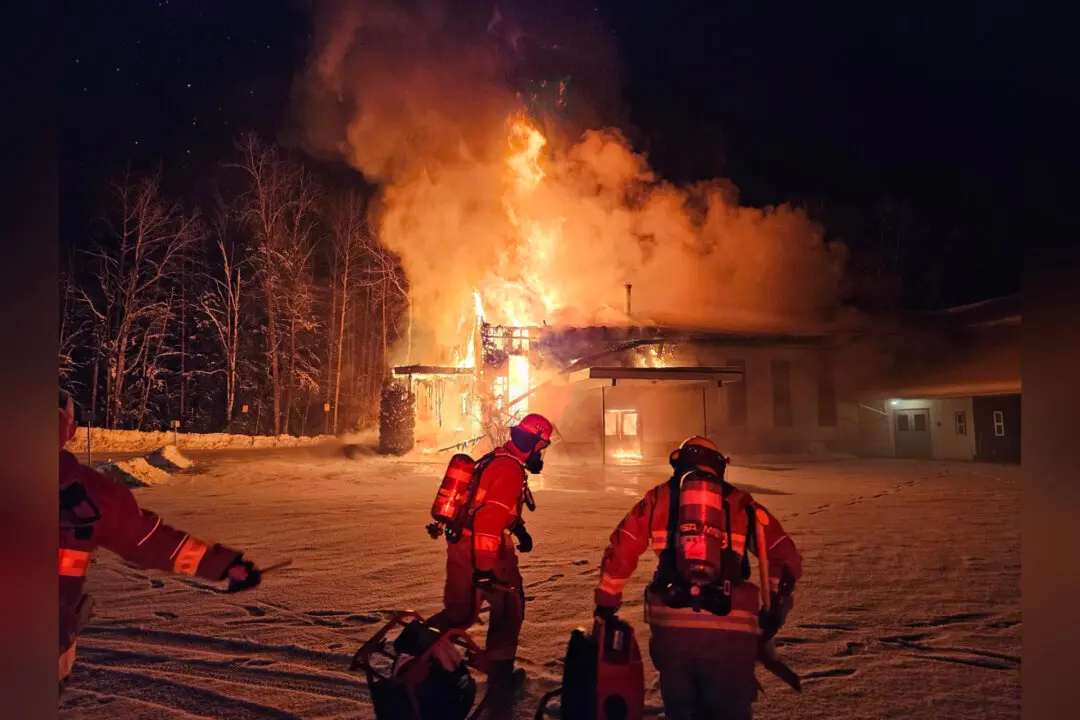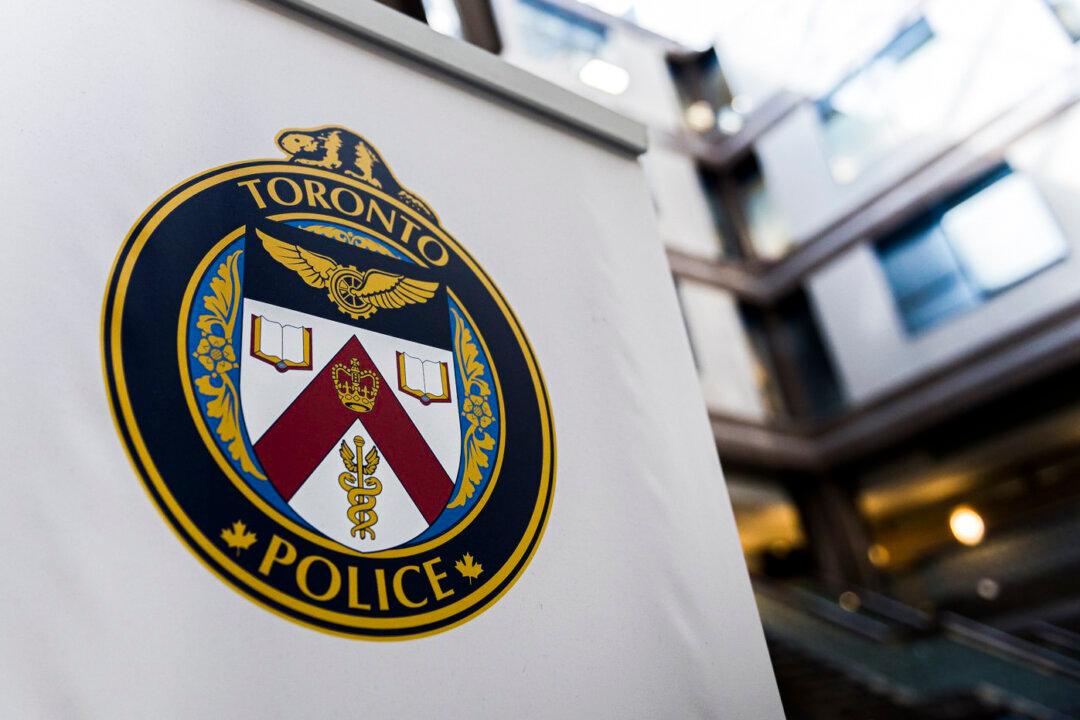SASKATOON—Canadian World War II bomber pilot Reg Harrison says he was lucky to walk away unscathed from the war, especially considering he crashed four times.
Mr. Harrison joined the Royal Canadian Air Force (RCAF) in 1942, when he was 20. The following year, he was sent to England where he would serve, as were many other Canadians who had enlisted.





